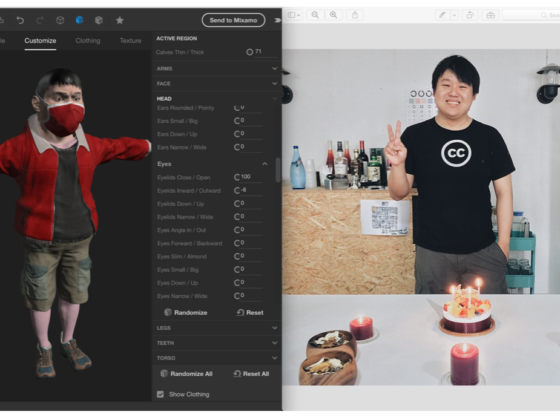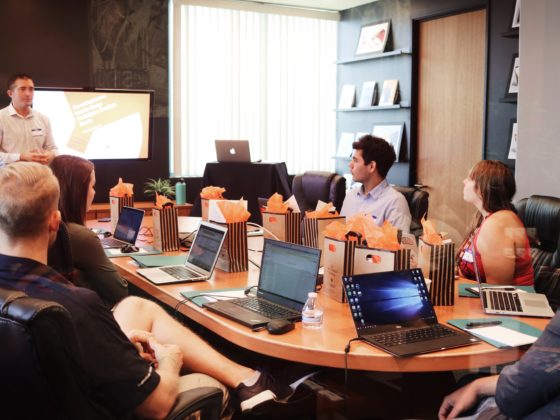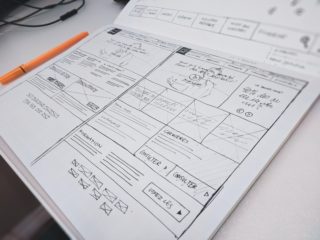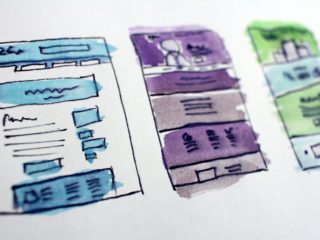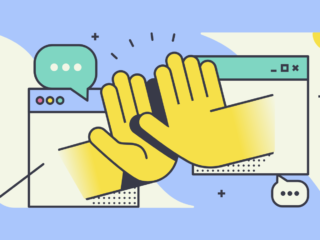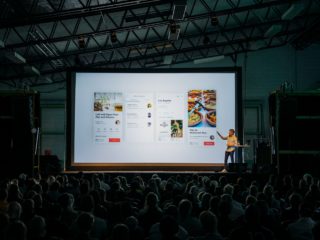No one likes to admit it, but if you’re contracting custom software development services, getting project price estimates and quotations can be a guessing game.
A client would say, “I want to build X. What’s the development cost? How much does it cost to design an app?”
No one really knows what X is even with a two-page feature list. Of course, not all software development agencies and dev shops wouldn’t say that in the first meeting. Instead, a sales team might want to manage the client’s expectations and give a ballpark figure based on their experience, erring on the side of overestimating so that the company has a profit margin.
This practice of giving software development quotes without a design is a lose-lose for everyone. We’ll explain how clients and software development outsourcing agencies can use a fixed-cost digital product design project to make informed decisions, align goals, remove risks, and create a practical roadmap for great collaboration.
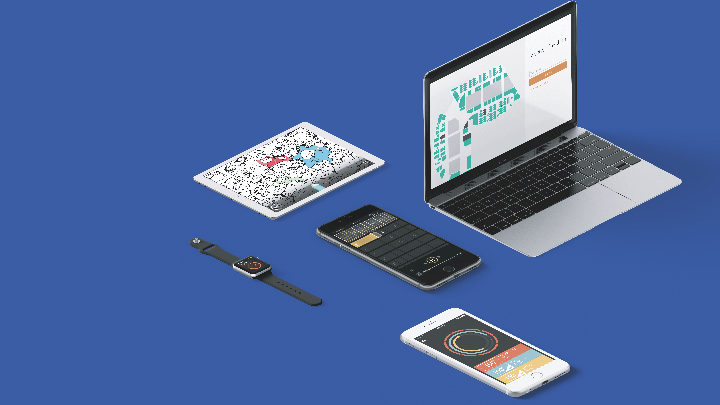
How Software Development Quotes Affects Clients and the Agency
A bad estimate is bad for everyone — the client, the sales team, designers, and developers. Approving software development projects solely based on budget — and without a digital product design — can result in:
- Clients working against vendors
- Poor design and code quality
- Clients overpaying
Clients work against vendors. Because budget is already approved even before the real scope of work confirmed, the incentives for the project are not aligned. It’s like paying the deposit or down payment to build a house without a contractor even giving you a blueprint.
The blueprint for software development can be digital product and UI/UX designs for client-facing apps; a proper technical design; or feasibility research and project scope. These documents help confirm the scope of development or research, ensure alignment in the digital product being built, and provide a reference to developers in understanding how to implement the details of each feature.
Poor design and code quality. These result when the vendor tries to squeeze as much work out of each designer and developer to have a bigger profit margin, paying no attention to quality or long-term maintainability of a digital product. Instead, performance is compared only against speed and cost of development.
Clients overpaying. The company/client ends up overpaying because problems — which could’ve otherwise been anticipated by design projects — will always come up after the project starts. Often, a vendor will try make up for the loss if they realize that their estimate was off. The scenarios can include an outsourcing agency/app vendor overcharging for change requests (since many are kept in the codebase) or cancellations of projects half-way through development.
Ultimately, the clients are held hostage if their software development projects begin without a clear design roadmap.
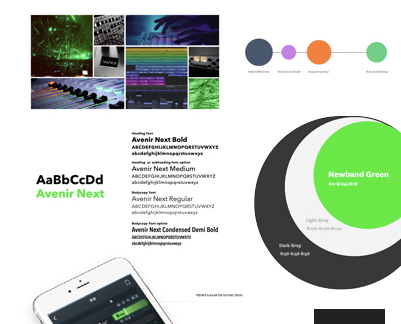
Fixed-Cost Digital Product Design Projects Reduce Risks and Costs
We understand that budgets matter. We’re not saying, “Pay more and you’ll get a better app!” Instead, we help clients contain their budgets in the long term by first doing a fixed-cost digital product design project.
Oursky recommends starting out with a design project before the client commits to any software development estimates, proposals, or quotations. Of course, our consultants will give a ballpark project cost estimation based on experience, but the range can be significant due to the number of unknowns. This applies to even app and software development projects with multi-page and detailed descriptions and requirements.
Design projects isn’t just for looks — they remove uncertainties.
The digital product design projects we do for clients are fixed in scope, so they can be accurately quoted. The deliverables produced during the design phase (such as mockups, prototypes, and a clear feature list) become the roadmap for development. They narrow the timeline and software development estimation, and therefore reduces risks and uncertainties for a client.
Understanding the software development cost helps prioritize features.
Of course, the client is also free to decide not to proceed with development if they realize a project is out of scope. A fixed-term digital product design project helps see a fuller picture. Both sides can get to know each other and ensure that everyone is on the same page, with clearly defined documents such as wireframes, mockups, interactive prototypes, and initial technical plans.
Software development outsourcing agencies that have strong technical background can do technical planning alongside design. An app’s UX/UI also depend on technical factors, such as considerations about data consumption and ensuring smooth transitions or offline app experiences.
Understanding the technical components of a feature summarized in the documentation can reveal hidden costs that were not initially considered. If a design shows that a project may be beyond the client’s budget, we can also work together to scale the app or software down to the most essential features, based on the core problem the client wants to solve.
The digital product design can be taken to any development team.
App design projects can usually be completed in weeks. More importantly, this means the client has clear documents and references they can keep and build on. Whether a client works with us for development or not, we create industry-standard digital product design deliverables that they can take to any software development outsourcing agency, app vendor, or their own in-house developers to get project estimates.
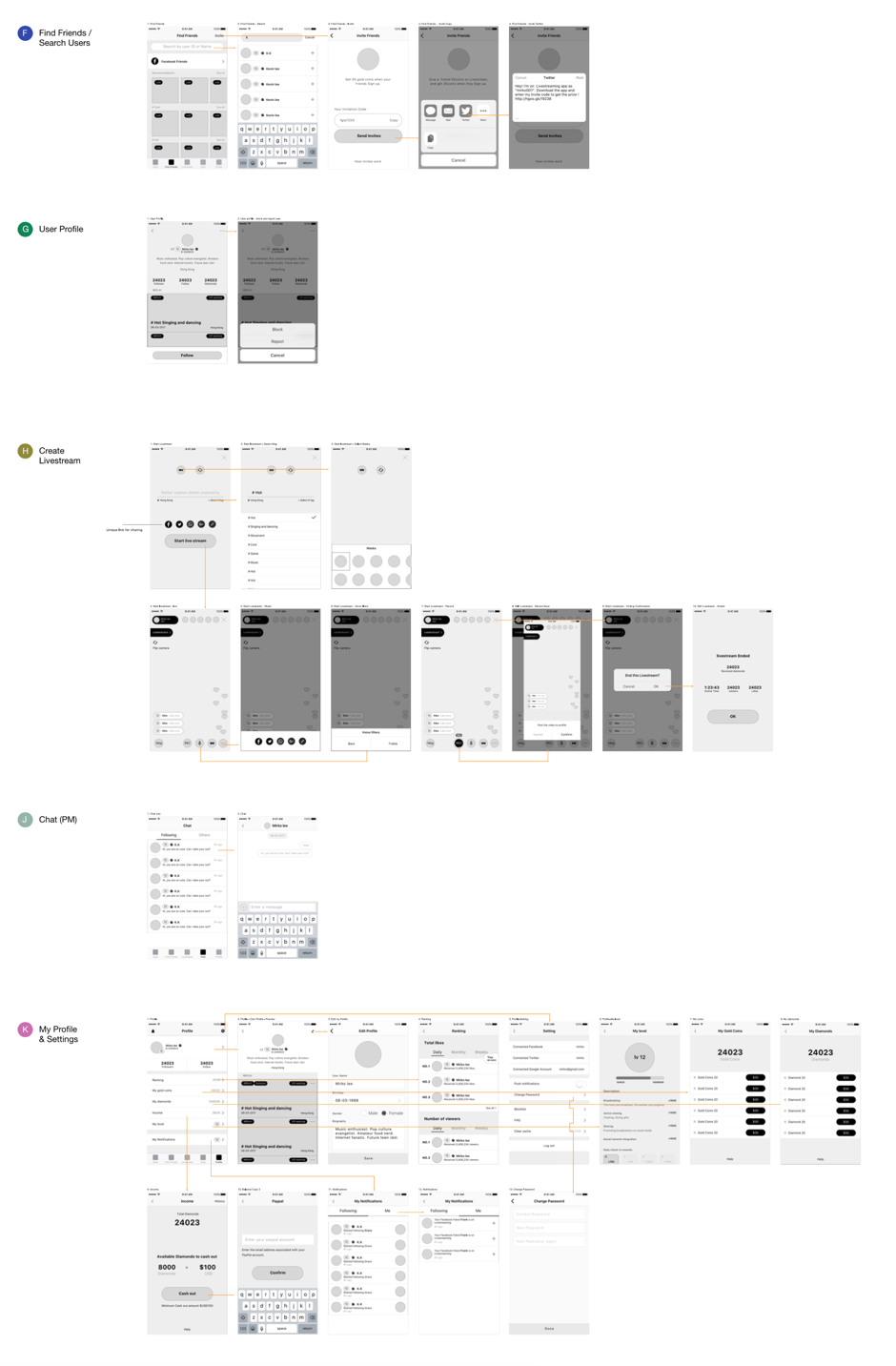
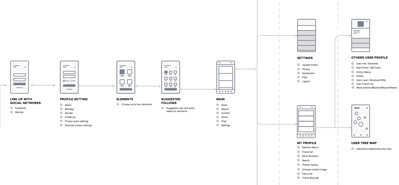
Creating Your Own App Wireframe Lowers Costs and Estimates
If you’re building an app or getting a software development quotation but don’t have a wireframe or user story, we suggest that you work with a product manager and designer. Create them in a way that can be understood and worked on by any agency.
Creating a wireframe and user story is the only way for you, as the product owner, to define how the product will work. You don’t need to use fancy tools. A user story is a document, while a wireframe can be hand-drawn or created on Keynote or Google Slides. There also free online resources, UX design tools, mobile app design templates, and wireframe examples that you can use to visualize your app design ideas.
As you create your own wireframe, you also clarify your ideas. You’ll likely spot details like a missing feature. Discovering these details or assumptions is what makes the app design process worthwhile.
Building your own wireframe will also take away the guessing game. When there’s a proper document to look at, the client and app vendor can discuss concrete points and details. In addition, many software development outsourcing agencies will provide a more realistic quotation when they are approached with a more complete set of designs, wireframes, and user stories. It reflects that the client knows about their digital product and what they want to do with it.
Tips for Wireframing and Visualizing Your App Design Ideas
By visualizing your ideas first, you can see what needs to get prioritized. Here are some good app design and wireframing practices to get you started:
- Know your audience. Wireframing is a good way to reinforce, research, or further define who your target audiences are. The design will depend on who will use the app/software.
- Focus on the app’s function. Wireframing is more than just putting boxes and labels. Keep it simple and strive for consistency. Prioritize the functionalities and basic flows that should go into the app. Colors and other visual elements can come later.
- Make it collaborative. Creating app wireframes is a good venue for your own team to brainstorm, collaborate, and validate ideas. Bring in your designer, business analyst, marketing experts, CEO, or stakeholders if you can.
- Leverage free tools. There are a lot of free app design toolkits that you can use to create wireframes. They’re intuitive and can make things simpler for you. Some of these include Moqups, MockFlow, Balsamiq Cloud, Pencil Project, the Sketch wireframe kit, and Figma.
Tips for Getting and Reviewing Software Development Quotes and Project Cost Estimates
When outsourcing software development, it’s best to be prepared. By documenting your needs, you can initiate more meaningful conversations with the agencies. Here are some tips for reaching out to app vendors for project cost estimates and quotes:
- Research in advance. Well-known agencies are in demand and often have projects scheduled at least three months in advance. Schedule meetings as early as possible. Check if they have their own UX design portfolio that showcases the quality of their work.
- Get to know the agency first. While quotes and estimates are important, it’s best to understand the agency’s workflow and culture first. You don’t want to work with a vendor that doesn’t align with your values and end up ditching the project halfway through development. This also provides ample time for the agency to better understand your digital product, and if it’s something they can work on.
- Prepare a list of background questions. A standard list of questions will reveal if they’re transparent and technically capable of taking on your project. Any agency can provide ballpark figures, but you can’t be sure if they can deliver on their promise. For a list of questions you should ask, read our definitive guide to choosing software development agencies.
- Evaluate the price differences. The differences in price points depend on many factors. Agencies could charge less for development upfront but would generate revenue on hosting or maintenance. Vendors may also charge less if they’re reusing templates. Others would provide guesstimates based on features and man-day development. Learn the context behind their price points — from how they allocate resources and staff to your project to the technologies they use.
If you want more in-depth information on the app and software development process, read our step-by-step and practical guide on creating a project specification document. Our guide will walk you through the process of preparing a software and app project specification that you can send to the agency (or even to your own development team and stakeholders) to communicate your ideas and business needs.
Oursky works with startups, enterprises, and established brands in bringing their ideas to life with the right blend of people, process, and technology. If you have app and UI/UX design projects or exploring digital product development solutions, get in touch with us!
If you found this article helpful, consider subscribing to our newsletter!

